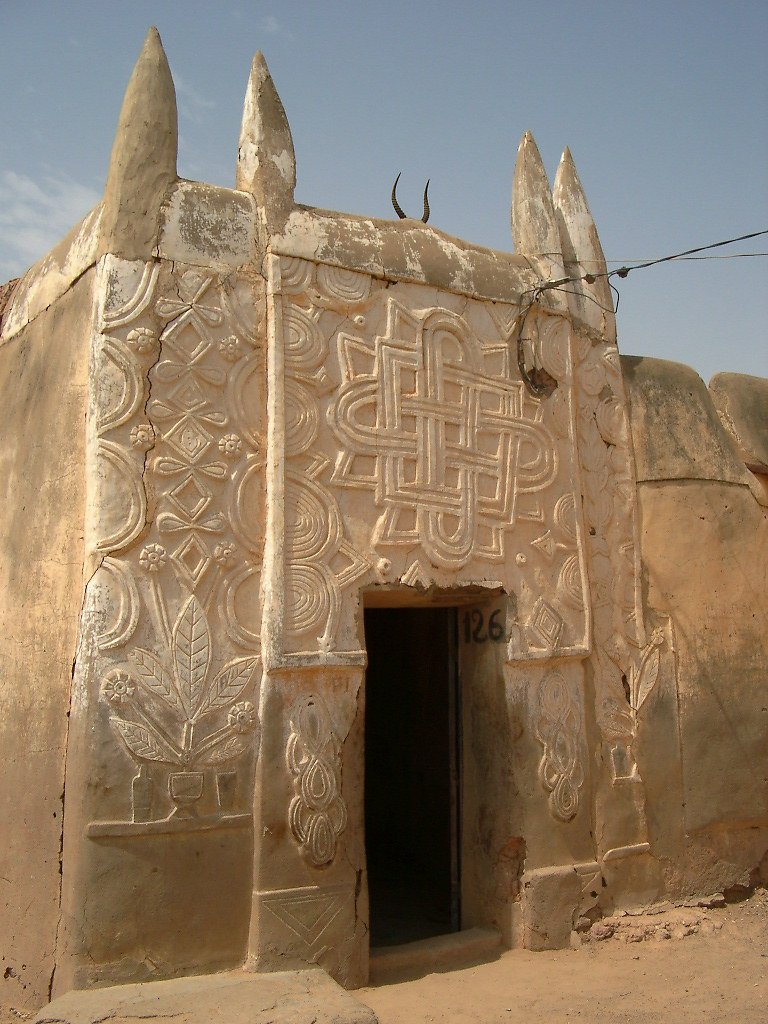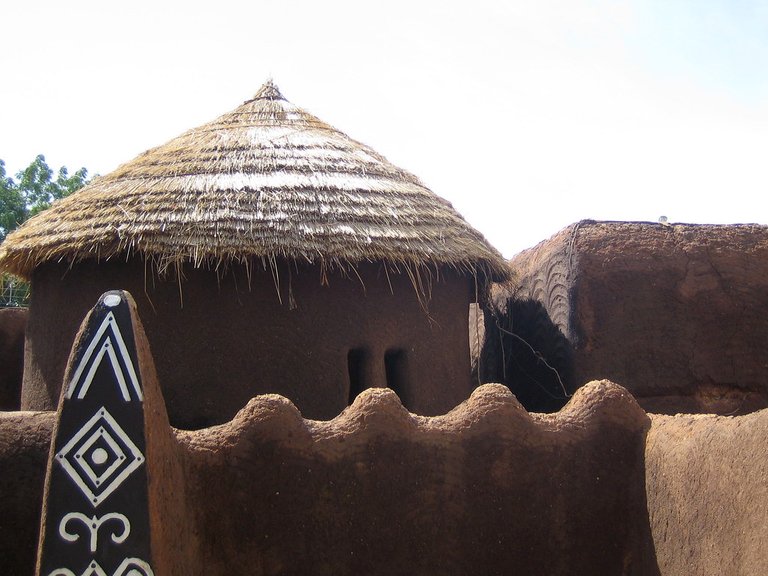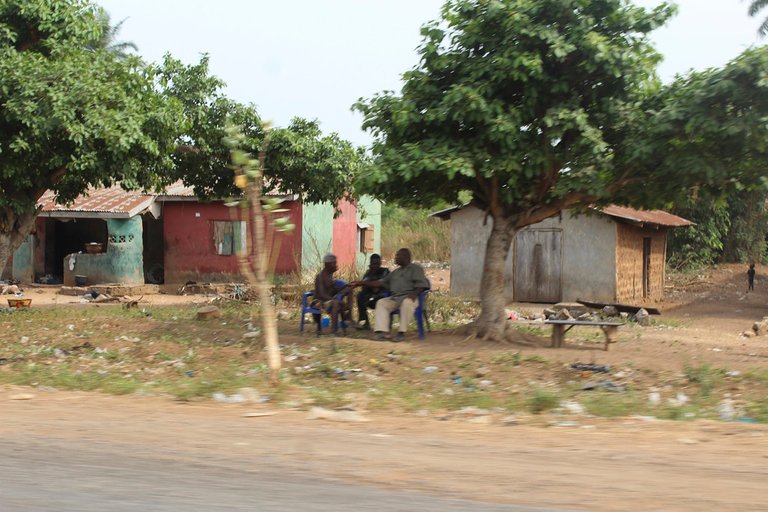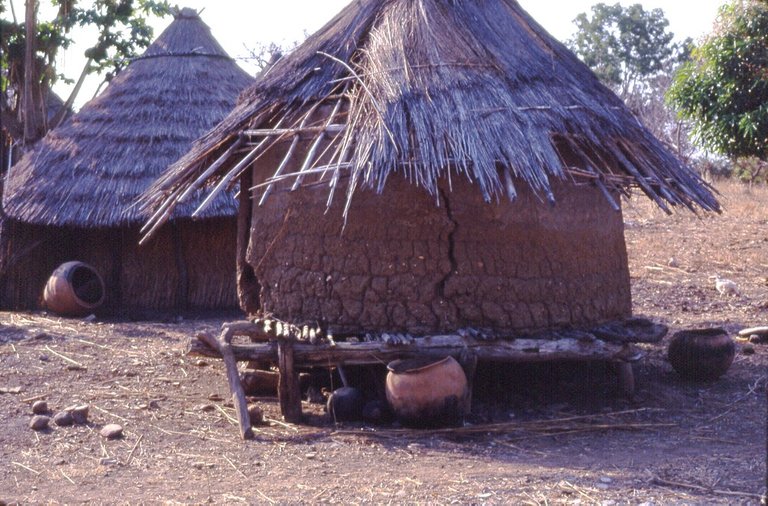The Two Major Residential Building Construction Architecture in Nigeria Before The Europian and Arab Adoption
Nigeria consists of three major ethnic groups, namely Hausa, Yoruba and Igbo. While Hausas are settled in the northern part of the country, Yorubas are majorly found in south western part of the country and the Igbos are known to be majorly settled as well in the south eastern part of the country. However, each of this ethnic groups can be found in any part of the country, struggling for business, job employment, schooling, marital reasons among others.
Culture, religion, and climatic factors have been observed to be the major things that influence and reflect the differences between the three ethnic groups. Both culture and religion have been regarded as a way of life of the people, as such, it affects major decision in our life styles, especially in many architectural features of our residential building construction, which is no doubt one of those things that reflect the differences between the three ethnic groups in Nigeria.
Each of the ethnic group has a specific architectural design for public buildings. In this post we will examine each of the ethnic groups and their specific residential public building architecture.
The Hausas
There is a specific pattern of residential building architecture that had been known with a typical Hausa public building over many decades ago. The images of a typical hausa house are shown below:

Climate factor has been majorly observed to be the reason behind the outer tall wall architectural design of their buildings as it can be seen from the image above, for instance, between October to March, Hausa people usually enjoy a dusty cold wind with low humidity while between March back to October, there used to be a damp wind during the hot days and no doubt people need to hide in the shade, thereby having a tall wall will not only serve them well but also protect their people from bad weather.

On the other hand, as shown in the image above, the structural building architecture always has both external and their internal design architecture, the reason behind this could be traced to their religious doctrine, their religious called for total separation of non related people from their women, thus, the outer part is used to receive guest, especially men while their inner part is strictly for their women.
The Yorubas and Igbos
Both Yoruba and Igbo ethnic group share common pattern of residential building construction architecture, this may be traced to their good weather condition compare to the northern side of the Hausas. unlike Hausas, Yorubas and Igbos outer wall is of moderate height and some buildings did not even have any outer wall as you can see in the images below, it is hard to find a house without an outer wall among Hausa houses in the northern part of the country.
The images below reflect the differences.


Noted: It should be noted that all the images and discussion of the three ethnic groups in Nigeria as discussed above reflect the real architectural designs of the three ethnic groups before the advent civilization through Europeans and Arabs in the country (Nigeria), all the buildings developed then were all made of mud.
Civilization has changed a lot of things and architectural design of public building is not left behind, all the three groups have embraced both European and Arab architecture design along with modernised structural building materials.
Thanks for reading through, discussing and saving the historical architectural design of Nigeria buildings here will make a better choice for the future.
Have a nice weekend ahead!
https://twitter.com/eedrisooh/status/1461896546287509513
The rewards earned on this comment will go directly to the person sharing the post on Twitter as long as they are registered with @poshtoken. Sign up at https://hiveposh.com.
These carvings are amazing
Yes @afterglow !, it also looks beautiful with unique architecture that reflected the climate, beliefs and culture of the people.
Well done @noble-noah! We're happy to inform you that this publication was specially curated and awarded RUNNER-UP in Architecture Brew #48. Congratulations!
Subscribe to Architecture+Design, an OCD incubated community on the Hive blockchain.